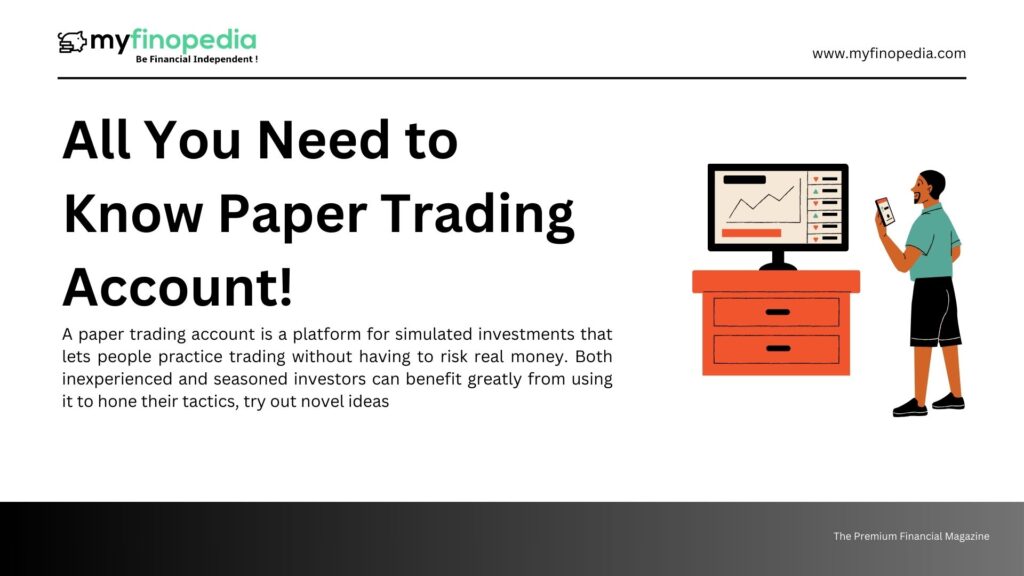A paper trading account is a platform for simulated investments that lets people practice trading without having to risk real money. Both inexperienced and seasoned investors can benefit greatly from using it to hone their tactics, try out novel ideas, and become more knowledgeable about financial markets.
Users who open a paper trading account are given virtual funds to invest in the market as it is happening. They can now execute buy and sell orders, monitor the performance of their portfolio, while experiencing the dynamics of trading without worrying about the financial ramifications. The main goal is to offer a risk-free setting where traders may hone their skills.
A paper trading account’s capacity to test out different investment methods is one of its main benefits. To find what works best for them, users can test out various asset classes, periods, and risk management strategies. Gaining practical experience contributes to enhancing self-assurance and decision-making skills, which are essential in the unstable realm of financial markets.
Additionally, paper trading enables users to become acquainted with the features and functionalities of the trading platform. Users can learn how to use the resources at their disposal to become adept in trading, setting stop-loss orders, and chart analysis. When switching to live trading, this comfort level translates into efficiency.
It’s crucial to understand that paper trading has its limitations even with its advantages. While the psychological component is a crucial role in real trading, emotions might not have as much of an impact. Furthermore, it’s possible that market conditions in a simulation won’t exactly replicate real-world situations. Consequently, even if paper trading offers an invaluable educational opportunity, real-world trading should be added to fully understand the difficulties and opportunities found in the financial markets.
To sum up, if someone wants to improve their trading abilities, a paper trading account is a great tool. It provides a risk-free environment in which to test out different tactics, comprehend market dynamics, and develop investment management confidence. To close the gap between theory and real-world application in the financial industry, real trading must be added to this simulated experience.






